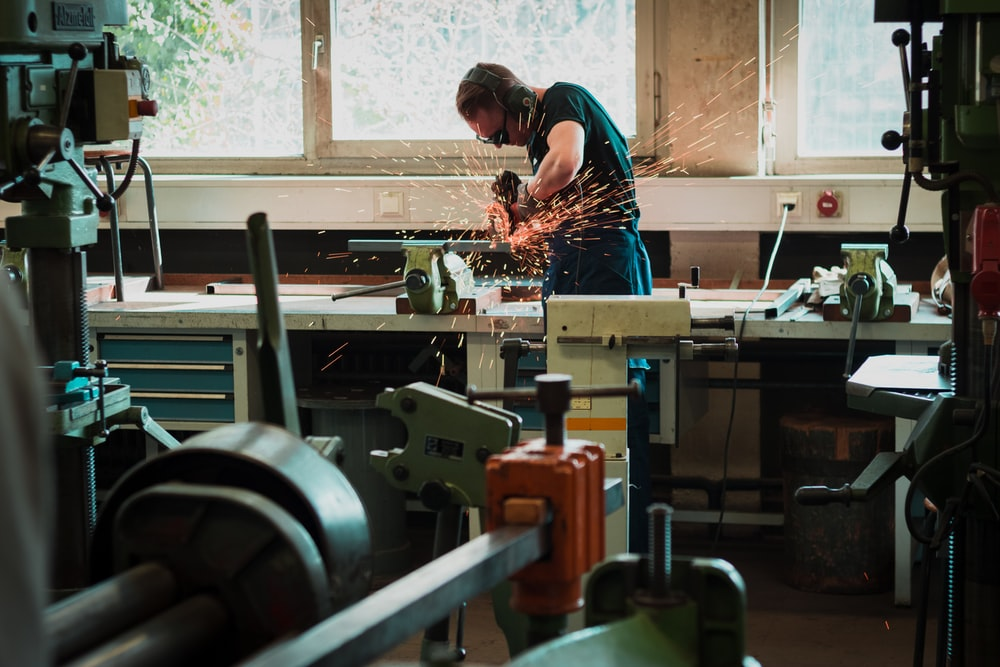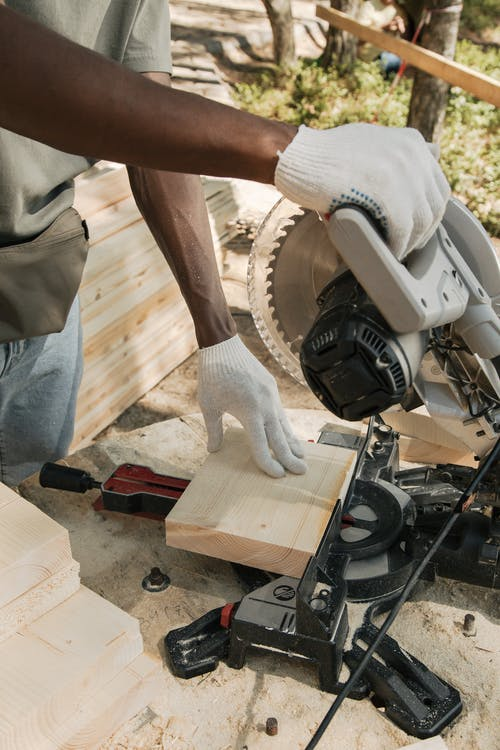You’ve probably have seen carpenters using a saw to cut wood so that they can create different types of furniture. Sawing in precision machining is much more than that. It is one of the oldest techniques which is still in use today.
Technological advancements and innovations have allowed the sawing process to elevate and are now much more compatible with modern materials and complex products. Here’s everything you need to know about sawing.
Key Terms
Before delving into the sawing process, there are some key terms that you should be familiar with.
- Rake: This is defined as the angle of the saw as opposed to the surface being cut.
- Set: This is the degree of the bend of saw teeth, away from the blade.
- Gullet: This is defined as the valley between the two tooth points.
- Gage: This is known as the width of the blade
- Pitch: The term is used to describe the distance between two adjacent teeth
- Kerf: This is the channel created by the saw in the material being cut.
Basic Types of Sawing
Sawing can be further categorized into various types. Some of them are below:
- Continuous Sawing: This occurs when the saw moves in one direction consistently, removing chips from the workpiece as it moves. Continuous sawing can be further categorized into band sawing, in which a thin saw moves in a continuous loop. Another category is cold sawing, where the blade moves in a circular direction.
- Reciprocating Sawing: This is where saws move in two directions and remove excess material from the workpiece at every stroke. This is a common wood cutting method and is also used in CNC machining. Reciprocating sawing can be done using handheld tools or advanced CNC machinery.
- Cut off Sawing: This is a branch of continuous sawing, this method is used to remove large pieces of material when tolerances don’t impact the cutting method.
- Contour Sawing: This method is used to achieve complex shapes in a workpiece.
Tools Needed in Sawing
Hacksaws are usually used to cut wood, plastic, or even soft metals. You’d probably find more automated and complex sawing machinery in an industrial setting compared to the handheld saw you might have at home. Power hacksaws are commonly used in machine and engineering shops. These are similar to a manual saw but offer great power and force in cutting workpieces. They usually operate on forwarding strokes.
You may have also seen circular blades running on metal and other materials to cut them. These are circular saws. These run at high speeds and offer precision cutting, especially for tough materials such as metal. Furthermore, contour saws are used to cut irregular shapes at a high degree of precision.
Sawing is very common as it uses less energy compared to other processes. Manufacturing workshops operating on a tight budget often use this method rather than milling, turning, or other processes because they can affordably achieve the desired outcome. Saws are ideal for cut-off operations because of their narrow kerfs and the ability to cut through any material.

If you’re looking for a quality sawing solution, then check out MD Design & Automation. Our team can provide quality boring solutions and CNC machining, short run machining, 4 and 5 axis machining, etc. in Wisconsin.
With years of experience in diverse products with various industries, we offer design and automation services in the US, Canada, Europe, and South America. Our services comprise CNC grinding, jig & fixture manufacturing, cnc prototype services in wisconsin, Short run machining, Cnc production, EDM machining, and much more. Contact us now or request a quote for your project.
